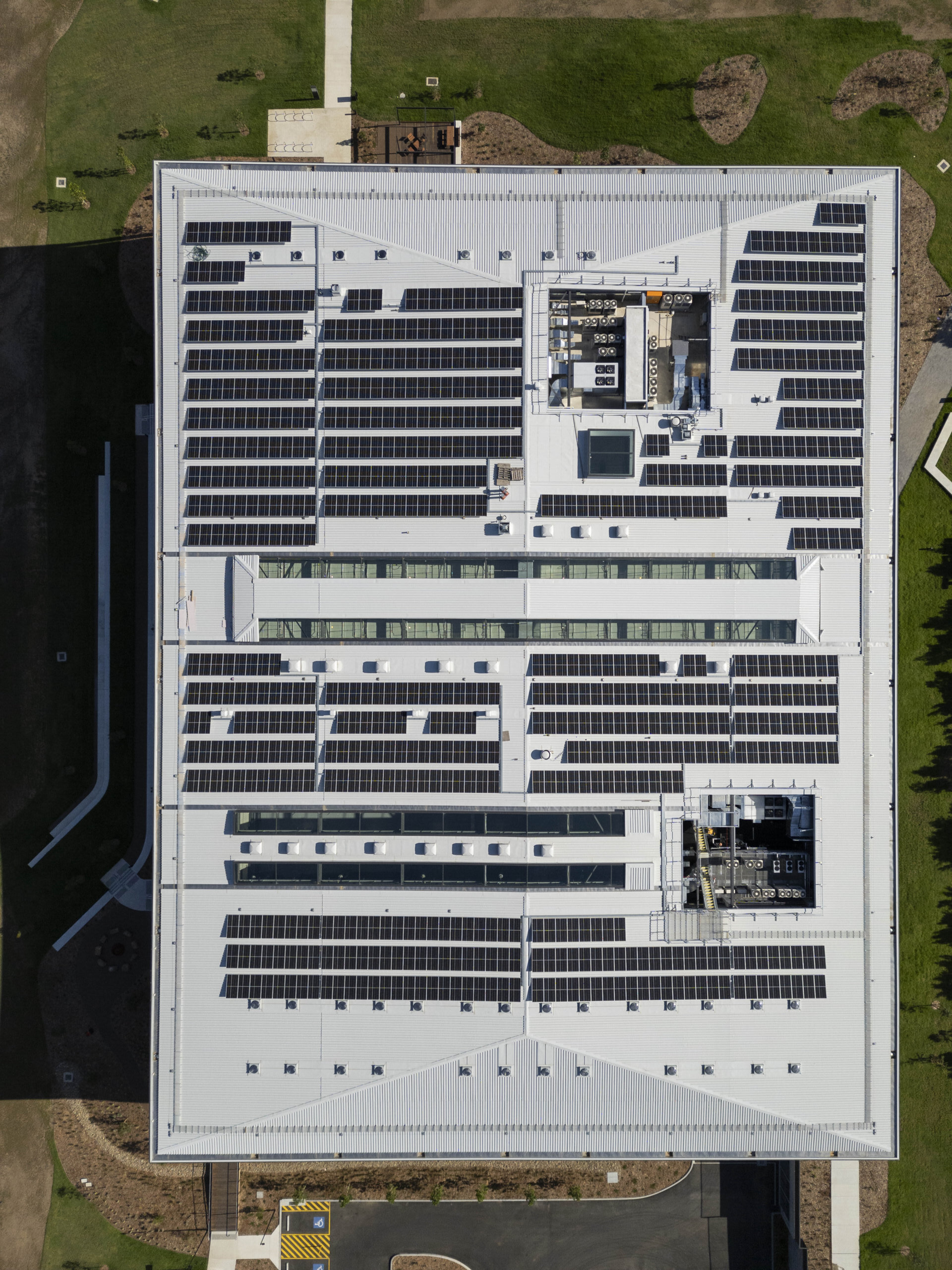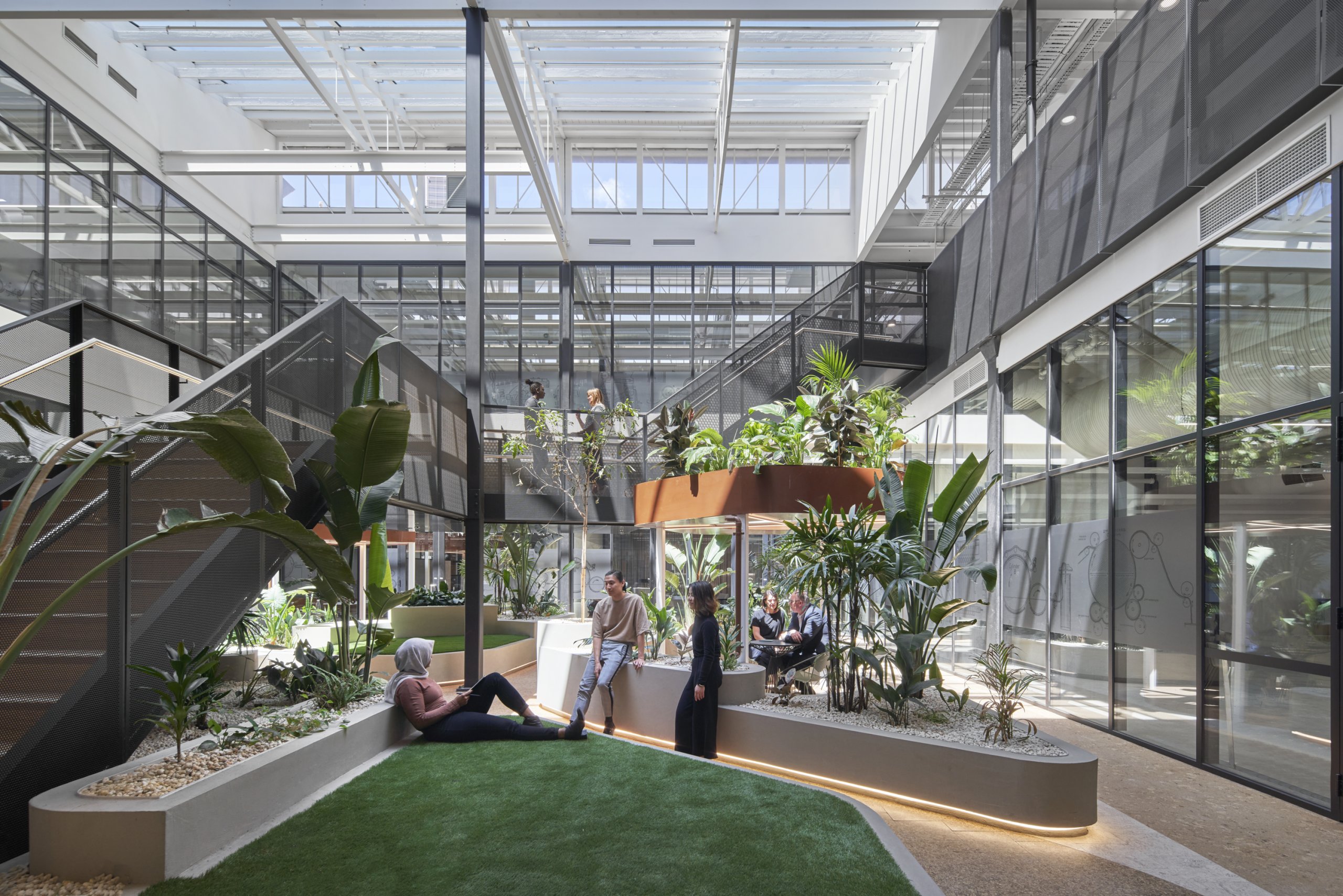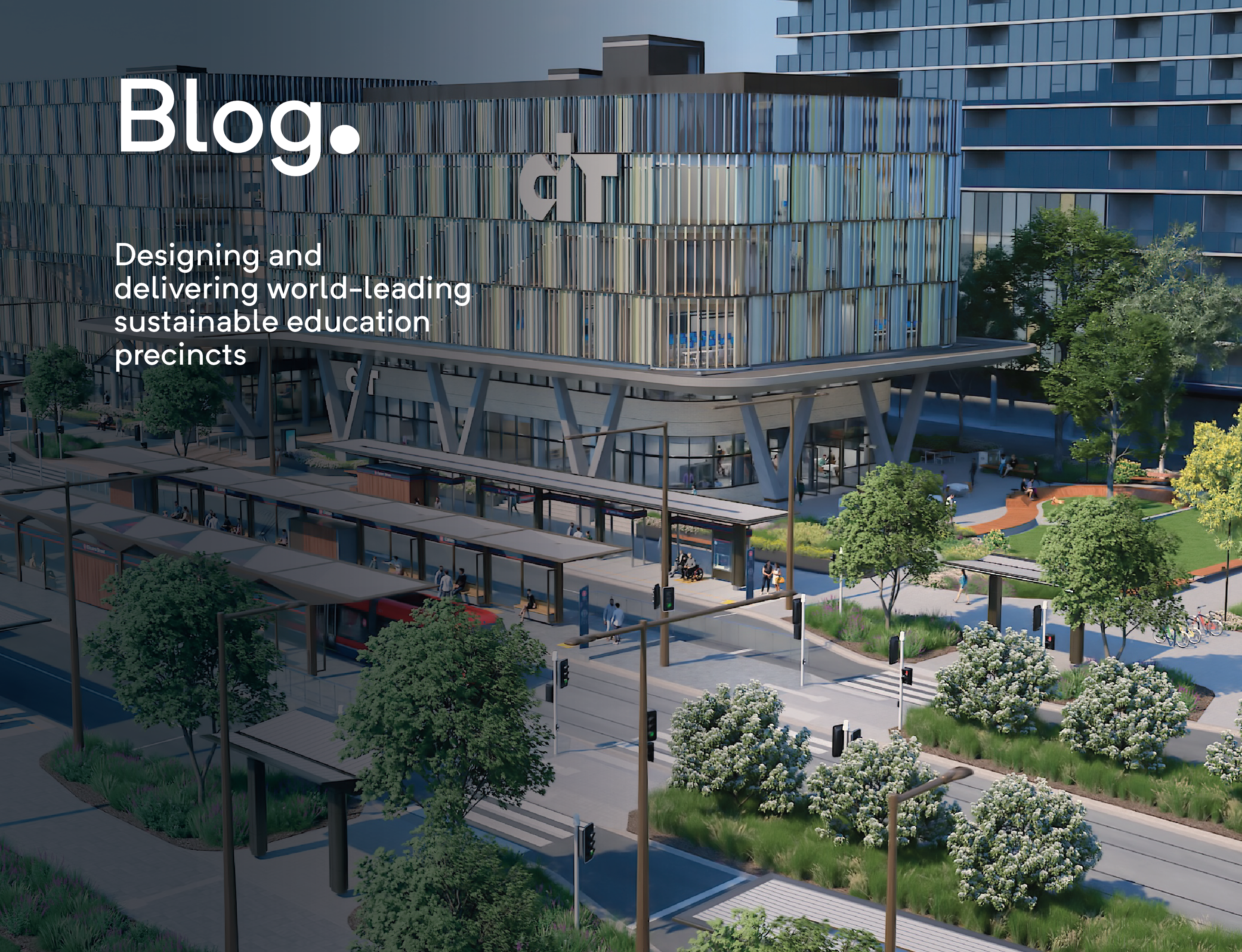Globally, buildings and construction account for nearly 40% of energy-related carbon dioxide (CO2) emissions, while also significantly impacting natural ecosystems. To allieviate this impact, the built environment must become part of the solution.
At Gray Puksand, we acknowledge the crucial role we play and the responsibility we have to act.
It’s why we signed the Australian Architects Declare Climate & Biodiversity Emergency declaration and implemented our own Sustainability Action Plan (SAP).
Developed in partnership with people from across our organisation, the SAP outlines how we are responding to the climate emergency and sets measurable goals and targets that we track ourselves against.
Our goal is to create projects that not only have a positive impact on the planet but are also healthy and sustainable for people.
Our approach is guided by four key pillars:

Share knowledge
We will continue to build sustainability knowledge across our organisation. We continually invest in learning and development to ensure our teams have the tools, systems, and expertise required to embed sustainability into their work.
Set new benchmarks
We strive to deliver projects that set new benchmarks for building performance. By integrating best practice sustainability and climate resilience methods, materials, and technologies into our Design Quality Assurance Framework, we will push the boundaries of what’s possible.
Net Zero
We are embarking on a pathway to net zero for Gray Puksand’s operations, with the goal of certifying our operations as carbon neutral. This is a critical step in reducing our environmental footprint.
Track Progress
We regularly track, measure, and report on our sustainability progress and outcomes, ensuring accountability and transparency in our commitment to a more sustainable future.


Designing and delivering world leading sustainable education precincts
Gray Puksand, in partnership with Lendlease, has designed the all-electric CIT Woden Campus, a flagship project prioritising sustainability through innovative green technologies and low-carbon materials, transforming Canberra’s southern hub.
